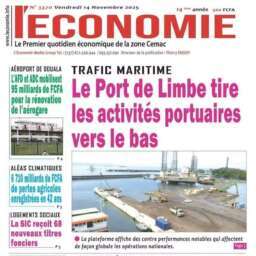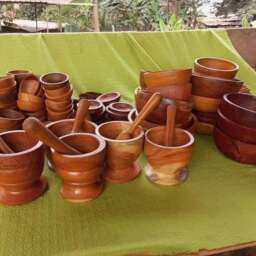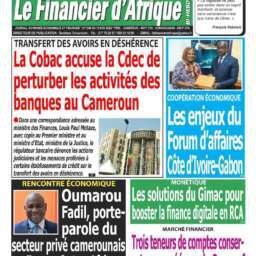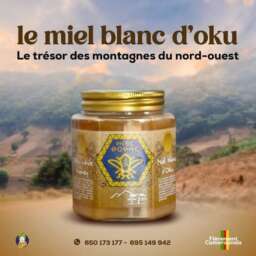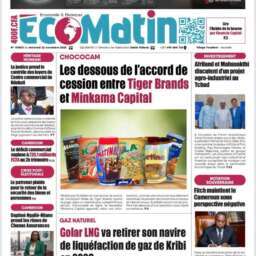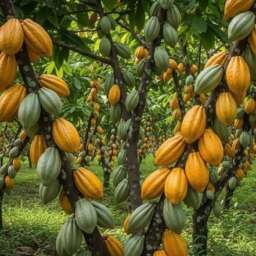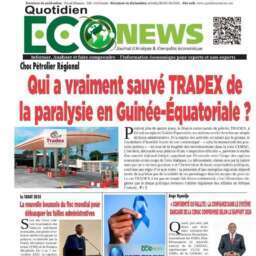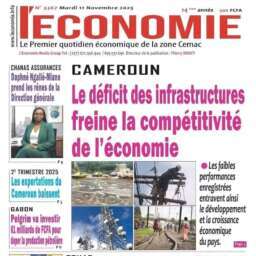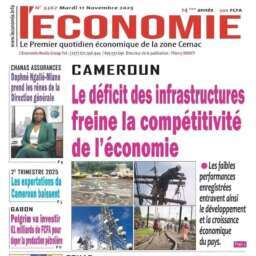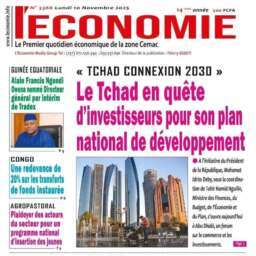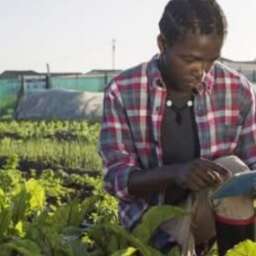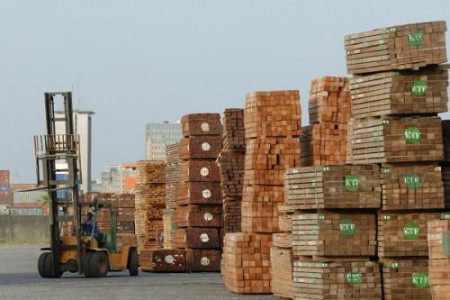(Business in Cameroon) – CEMAC’s export commodity prices dropped 4.7% in Q3 2025, following a 9% fall in Q2, according to the Bank of Central African States (BEAC).
- The decline stemmed mainly from a 5.2% fall in global non-energy commodity prices, particularly a 10.3% drop in agricultural products.
- Energy products rose 1.3%, driven by oil price recovery, partially offsetting earlier declines.
Export commodity prices in the Central African Economic and Monetary Community (CEMAC)—comprising Cameroon, Congo, Gabon, Equatorial Guinea, Chad, and the Central African Republic—fell 4.7% between the second and third quarters of 2025.
This marks the second consecutive quarterly decline, following a 9% drop between the first and second quarters, the Bank of Central African States (BEAC) said in its latest report.
According to the Composite Commodity Price Index (ICCPB) compiled by BEAC, the decrease was largely driven by a 5.2% fall in global non-energy commodity prices.
“The index of non-energy commodity prices declined by 8% during the quarter under review, after falling 5.7% in the previous quarter, mainly due to the drop in agricultural product prices (-10.3%, after -7.9% in Q2 2025),” BEAC stated.
The overall decline was partly offset by modest gains in other categories. Prices for fishery products rose 4% (after +4.5% in Q2), forestry products increased 1% (after +5.9%), and metals and minerals gained 0.5% (after +0.1%).
Energy commodities saw a 1.3% increase in Q3, contrasting with a sharp 12.4% fall in the previous quarter. “This improvement mainly reflects the recovery in crude oil prices, which offset the decline in natural gas prices,” BEAC noted.
The ICCPB tracks the price movements of 20 key commodities exported by CEMAC member states, representing 90% of the subregion’s total export value. The basket includes energy products, metals and minerals, forestry products, agricultural products, and fishery products.
This article was initially published in French by B.R.M
Adapted in English by Ange Jason Quenum

